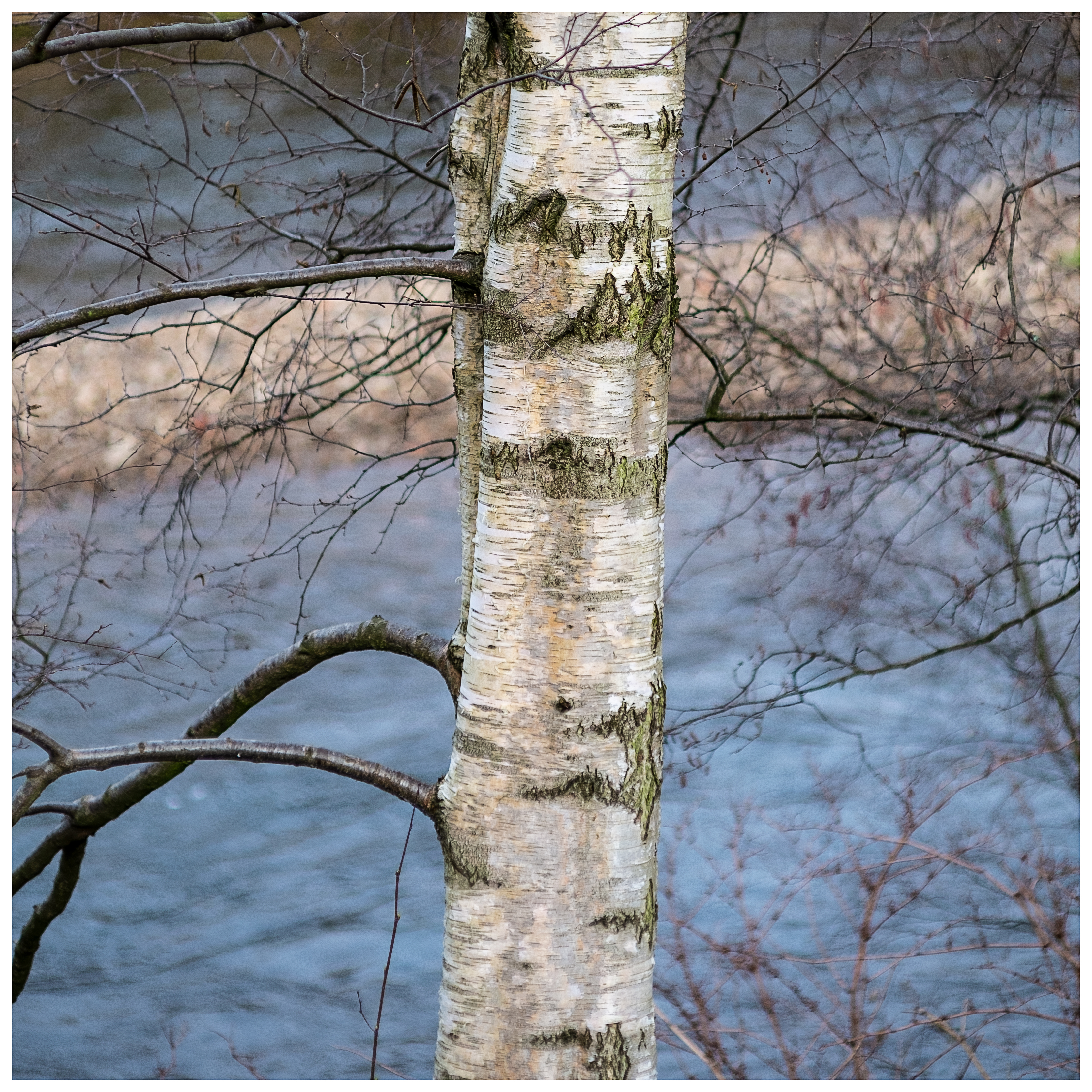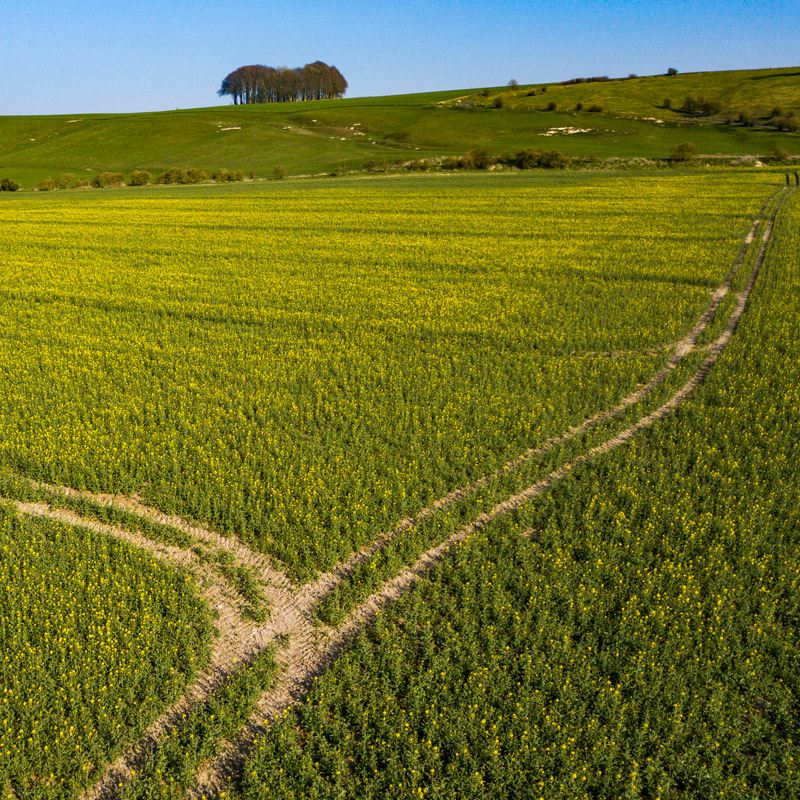In part I of this blog post I identified three key appeals of the Fujifilm system from my perspective:
- User experience
- Fuji’s commitment to ongoing improvements
- Soul
User experience I have already discussed, so in this second and concluding post I want to concentrate on Fuji’s commitments to ongoing updates and that elusive element – soul.
First though, Fuji scores highly in my book for continually upgrading the capabilities of their cameras by releasing major firmware updates. Many of these updates add new features, not simply bug fixes so it can sometimes feel a little like getting a new(ish) camera. With their X-series cameras therefore Fuji keep releasing firmware update to make their more recent cameras better whilst still introducing new camera models with ever better specifications. Now, models don’t stay on this upgrade path forever however, but it is very pleasing to see new functionality trickling back to previous models where processing and physical capacity exists in the older kit.

Now some will argue that releasing new firmware for the cameras, not just every few years but sometimes within months of the last, is an admission that the camera was not fully finished on launch. The other snipe I have heard is that they use a few new features to hide the fact that the update is simply to fix previous bugs that slipped through the net. However, they have also introduced firmware updates that have improved the performance of their lenses and enabled them to fully access the newer features in newer camera models.
It’s possibly over-egging the pudding somewhat to say that each time Fuji releases a firmware they essentially give you a new camera, however it certainly does give me a really good feeling about the company. Bug fixing, shrewd marketing or good customer service? You chose which axe you wish to grind and you take your pick!
As always I will leave the technical stuff and a discussion of the cameras’ specifications to others. I’m an enthusiast photographer rather than a working pro and what matters most to me is that very nebulous quality of the user experience – or in the case of these cameras “soul” I like to think.
The words user experience were very easy to type in the first part but were very hard to define in detail and not least because it will vary considerably from one person to another. Soul is even harder to define – even with a dictionary to hand! For me, a camera needs to feel “right” in my hand. I can’t write the exact feeling down but know it when I experience it. I now have four Fuji camera bodies and each feels a little different, each has its own characteristics and each its own personality almost. Okay, a bit too poetical I suspect! But soul emanates from this user experience.
When out with one of these cameras I feel at ease, confident in the technology and my ability to create images with it. These cameras just perform really well for me and with them I can produce images that I am happy with and do it without stressing too much over technicalities. They just work. But as the saying goes your mileage may vary so this will not be the same for everyone. I just try to keep an open mind when I use any camera and having used Nikon and Canon extensively as well as various other makes in the last forty-plus years I can confidently say none gave me the same buzz as using these Fujis. That might sound a little fan-boyish but is not intended as such. I genuinely think that there is no such thing as a bad camera these days – just that some cameras fit better with our individual ways of working than others.
So, my five penn’orth to add to an already overcrowded “I moved to mirrorless” oeuvre.














You must be logged in to post a comment.